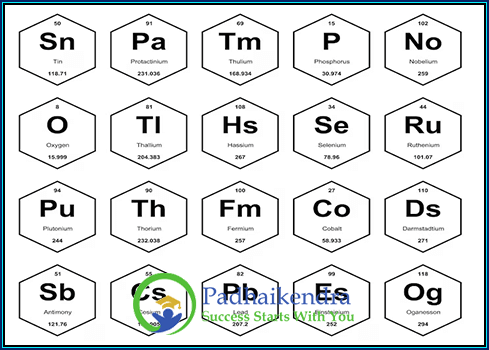What is an Electronic Configuration?
The electron configuration of an element is a way of describing the arrangement of electrons in an atom. It shows how the electrons are distributed in the different energy levels and orbitals of the atom. The electronic configuration is based on the principles of quantum mechanics, which describe the behavior of electrons in atoms.
How are electron configurations written?
Electron configurations are written using a standard notation. The electronic configuration is typically written using a shorthand notation known as the Aufbau principle. The first part of the notation tells us the principal quantum number (n) of the shell that the electron is in. The second part of the notation tells us the orbital type (s, p, d, or f) of the electron. The third part of the notation tells us how many electrons are in the orbital.
For example, the electron configuration of hydrogen is written as 1s1. This means that the electron in a hydrogen atom is in the first shell (n=1) and it is in the s orbital (s=1).
How are electron configurations filled?
Electron configurations are filled according to the Aufbau principle and the Pauli exclusion principle. The Aufbau principle states that electrons fill the lowest energy orbitals first. The Pauli exclusion principle states that no two electrons in an atom can have the same four quantum numbers.
What are the implications of electron configurations?
Electron configurations have a number of implications for the properties of elements. For example, the electron configuration of an element determines its chemical reactivity. It also determines the element’s atomic radius and ionization energy.
Exceptions to the Aufbau principle arise due to electron-electron repulsions and other factors. For instance, the 4s orbital is filled before the 3d orbital, resulting in exceptions in elements like chromium (Cr) and copper (Cu).
Important points about electron configurations:
- The electron configuration of an atom can be determined by using the periodic table.
- Electron configurations can be used to predict the chemical properties of elements.
- Electron configurations can be used to calculate the energy levels of atoms.





